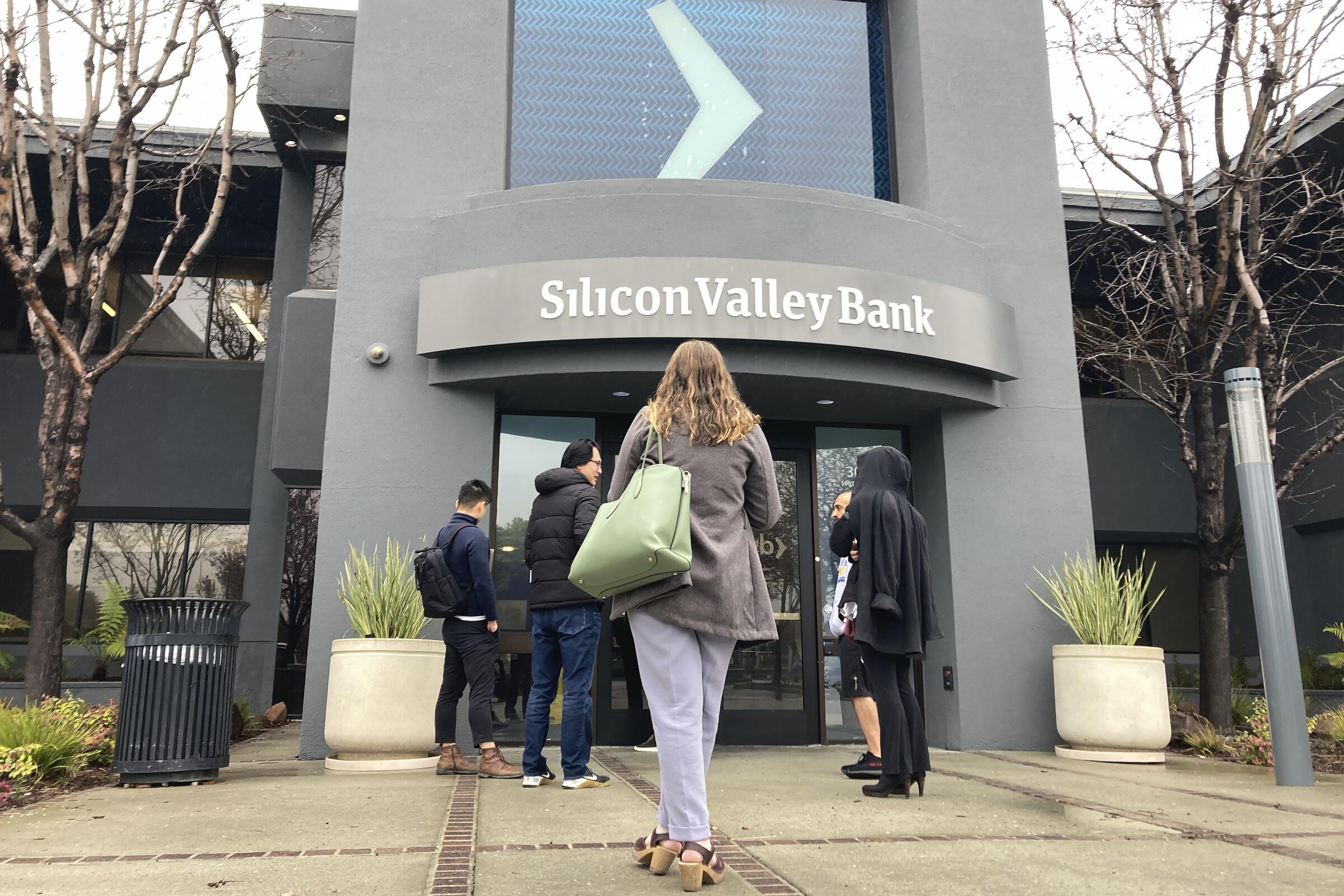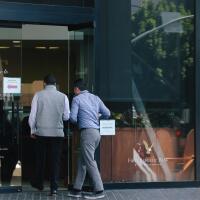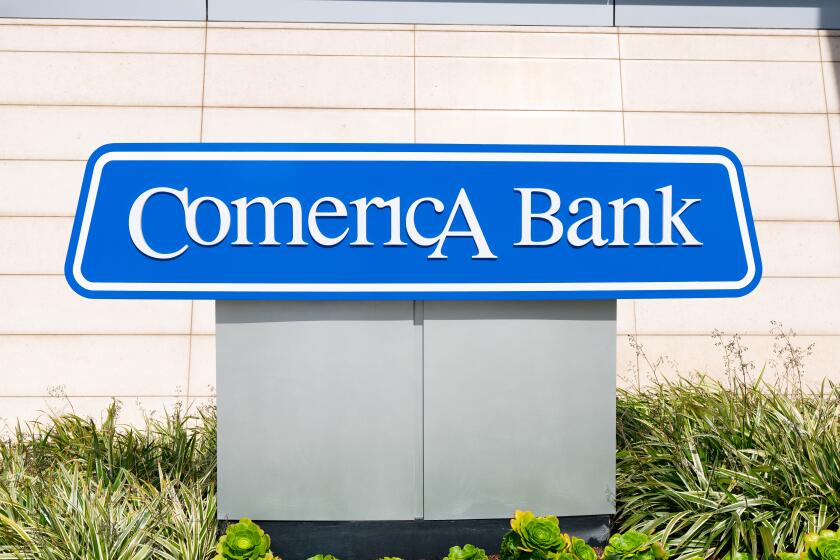No worries unless you have more than $250,000 sitting in your account or have picked one of those rare banks not a member of the Federal Deposit Insurance Corp.
In the case of Silicon Valley and Signature banks — which were FDIC members — authorities said they would make an exception and ensure depositors get all of their money, even amounts above $250,000. The action was aimed at quelling panic and more bank runs. Silicon Valley had many depositors with much more than $250,000.
It’s possible that the feds could raise the current deposit guarantee cap more broadly, as they did during the 2008 financial crash.
A lot of companies keep more than the FDIC insured limit in banks. So when it comes to your paycheck, it depends on how carefully your boss chose its bank. And how much attention your employer pays to what the bank is doing.
Among other problems, Silicon Valley Bank and Signature had significant exposure to crypto markets, which made them outliers in the banking world.
That said, because lenders with less than $250 billion in assets are exempt from more stringent stress tests and liquidity requirements, it’s not clear how many banks might be vulnerable.
What’s known is that the Federal Reserve’s rapid interest rate hikes — the fastest in four decades — have left banks with unrealized securities losses totaling more than $600 billion as of the end of last year.
Still, the Fed’s move over the weekend to provide liquidity support for banks holding safe assets like Treasury bonds should help to limit the spread. And major banks, which were the core of troubles in the 2008 crisis, “are likely to prove more robust this time around,” said analysts at Capital Economics.











